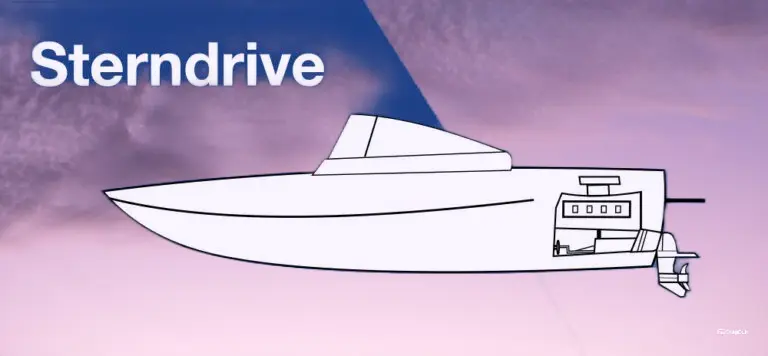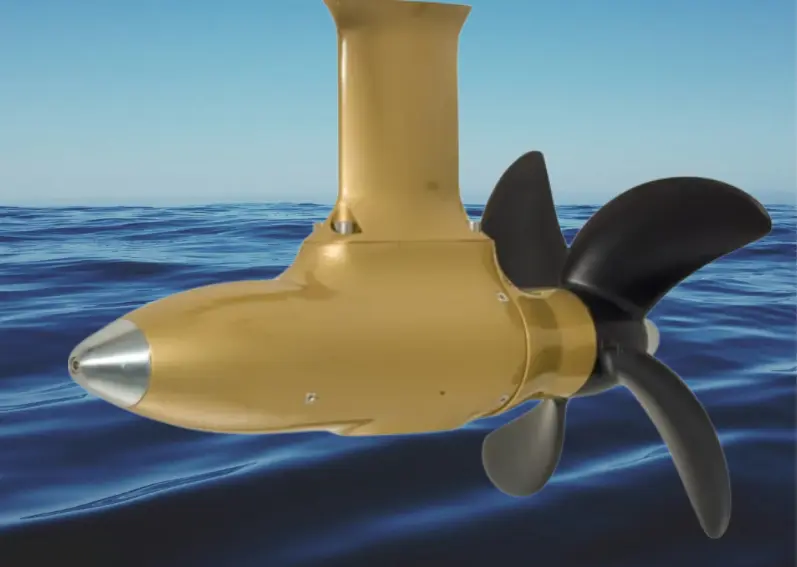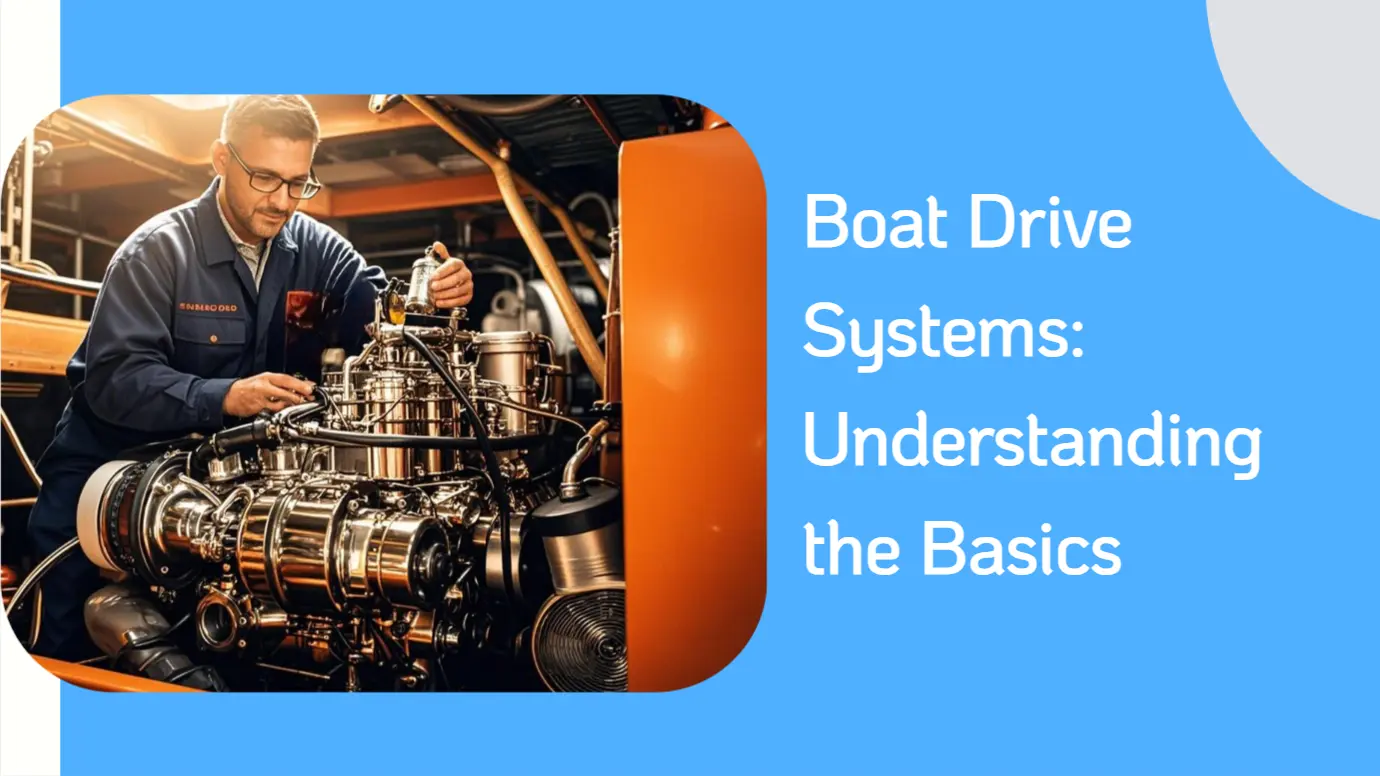Quick Tips
- Choose the right boat drive system based on your boating activities and preferences.
- Regular maintenance is crucial for all types of boat drive systems to ensure longevity and performance.
- Consider local repair options, such as “boat outdrive repair near me,” for quick service.
Introduction
Understanding boat drive systems is essential for any boating enthusiast. These systems are crucial for the performance and maneuverability of your vessel, influencing everything from speed to handling in various water conditions. In this guide, we will explore the three primary types of boat drive systems: inboard, outboard, and sterndrive. Each system has its unique advantages and disadvantages that cater to different boating needs.By the end of this article, you will have a comprehensive understanding of these systems, allowing you to make informed decisions regarding your boat’s propulsion needs. We will also touch on maintenance tips and local repair options, including “outdrive repair” services.
Table of Contents
- Overview of Boat Drive Systems
- Inboard Drive Systems
- Outboard Drive Systems
- Sterndrive Systems
- Maintenance Tips for Boat Drive Systems
- Common Mistakes to Avoid
- FAQs about Boat Drive Systems
1. Overview of Boat Drive Systems
Boat drive systems are classified into three main categories: inboard, outboard, and sterndrive. Each type has distinct features that affect performance and usability.
- Inboard Drive Systems: These engines are mounted inside the hull of the boat, providing a clean look and efficient power transfer.
- Outboard Drive Systems: These are mounted externally on the transom, offering versatility and ease of maintenance.
- Sterndrive Systems: Combining elements of both inboard and outboard systems, sterndrives provide unique advantages for pleasure boats.
Understanding these differences is key to selecting the right system for your boating activities.
Pro Tip: When considering a new boat or engine, evaluate how you plan to use it—whether for fishing, watersports, or leisurely cruising—and choose a drive system that aligns with those activities.

- Diesel Engine Rebuilders: Your Guide to Marine Engine Maintenance and Repair
Marine Diesel Specialist: Frequently Asked Questions
Diesel Marine Mechanic Salary: A Comprehensive Guide
2. Inboard Drive Systems
Inboard engines are typically favored for their reliability and performance in watersports. They are installed inside the hull and connected to a propeller via a driveshaft.
Advantages:
- Powerful Performance: Inboards provide superior horsepower and torque.
- Predictable Wake: Ideal for watersports like wakeboarding due to their clean wake.
- Less Maintenance: Generally easier to service compared to outboards.
Disadvantages:
- Space Consumption: The engine occupies valuable space within the hull.
- Limited Maneuverability in Reverse: Steering can be challenging when going backward.
Inboard engines come in two configurations—direct drive and V-drive—each with its own set of benefits tailored to specific boating needs.
Common Mistake: Many first-time boaters underestimate the importance of engine placement in relation to weight distribution and handling.

Boat Exhaust System: Understanding Costs and Maintenance
3. Outboard Drive Systems
Outboard motors are popular due to their flexibility and ease of use. They consist of an engine, gearbox, and propeller all housed in one unit mounted outside the boat.
Advantages:
- Lightweight Design: Easy to install and remove for maintenance or storage.
- Agility: Excellent maneuverability makes them suitable for smaller boats.
- Maintenance Ease: Accessible components allow for straightforward servicing.
Disadvantages:
- Lower Power Output: Generally less powerful than inboards or sterndrives.
- Noise Levels: Outboards can be noisier due to their exposed design.
Outboards are particularly favored by recreational fishers who need a lightweight option that can navigate shallow waters efficiently.

4. Sterndrive Systems
Sterndrive engines combine features from both inboard and outboard systems. They consist of an engine mounted inside the hull connected to an outdrive unit at the transom.
Advantages:
- Versatility: Offers benefits of both inboards (power) and outboards (maneuverability).
- Trim Control: Allows adjustment of the drive angle for better performance.
- Spacious Design: Frees up space inside the hull compared to traditional inboards.
Disadvantages:
- Complex Maintenance: More intricate systems can lead to higher repair costs.
- Exposure Risks: The lower unit is susceptible to damage from water exposure.
Sterndrives are ideal for those looking for a balance between power and handling capabilities.
Boat Engine Cooling: A Comprehensive Guide
5. Maintenance Tips for Boat Drive Systems
Proper maintenance is vital for extending the life of your boat’s drive system. Here are some essential tips:
- Regular Inspections: Check for signs of wear or damage regularly.
- Fluid Changes: Change oil and other fluids as recommended by manufacturers.
- Corrosion Protection: Use appropriate coatings or anodes to protect against corrosion, especially in saltwater environments.
- Professional Servicing: For complex repairs like “mercury outdrive repair,” seek professional help from certified technicians.
By following these tips, you can ensure that your boat drive system remains in optimal condition.

Common Mistakes to Avoid
When dealing with boat drive systems, avoid these common pitfalls:
- Neglecting Regular Maintenance – Failing to service your engine can lead to costly repairs down the line.
- Ignoring Manufacturer Guidelines – Always follow recommended practices for fluid changes and inspections.
- Overloading Your Boat – Excess weight can strain your drive system, leading to premature failure.
By being aware of these mistakes, you can better maintain your vessel’s performance.
How to Become a Yamaha Marine Mechanic: A Step-by-Step Guide
Inboard Oil Change Prices: How Much Does It Cost in 2024?
Yanmar Diesel Rebuild: A Comprehensive Guide to Repairing Your Engine
FAQs about Boat Drive Systems
- What is the best type of drive system for fishing?
- Outboard motors are often preferred due to their lightweight design and maneuverability.
- How often should I service my boat’s engine?
- Regular inspections should be conducted at least once a season or more frequently if used heavily.
- Can I perform repairs myself?
- Basic maintenance can be done by owners; however, complex repairs like “outdrive marine repair near me” should be handled by professionals.
Conclusion
Choosing the right boat drive system is crucial for maximizing your boating experience. Whether you opt for an inboard, outboard, or sterndrive system depends on your specific needs and preferences. Remember that regular maintenance is vital; consider local repair options such as “boat outdrive repair” services when necessary.With this guide, you’re now equipped with the knowledge needed to make informed decisions about your boat’s propulsion system—ensuring smooth sailing ahead!
[BUTTON]

